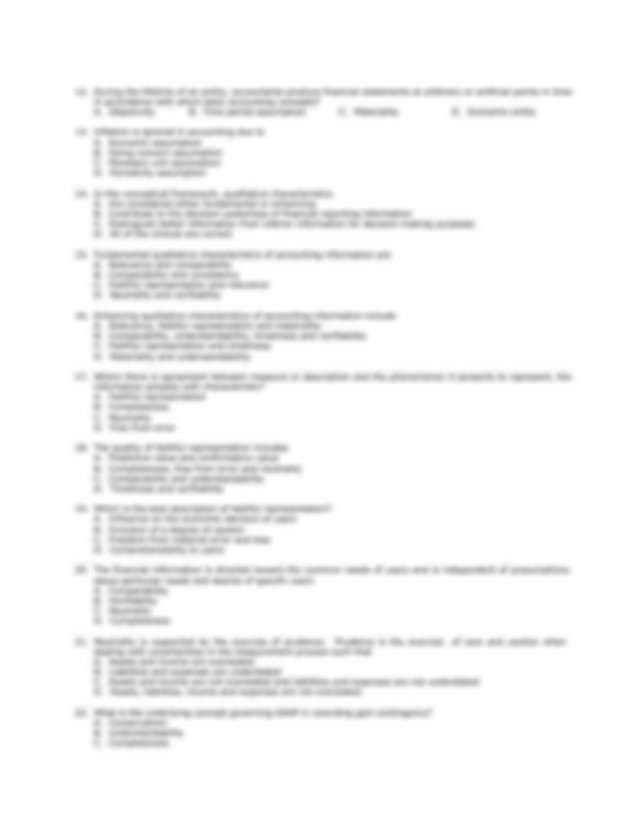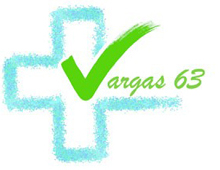
If there are transactions that haven’t cleared your bank yet and aren’t on your statement, wait to enter them. You should perform monthly bank reconciliations so you can better manage your cash flow and understand your true cash position. Read on to learn about bank reconciliations, use cases, and common errors to look for. All of this can be done by using online accounting software like QuickBooks, but if you are not using accounting software, you can use Excel to record these items.

Beginning cash balances
Once you complete the bank reconciliation statement at the end of the month, you need to print the bank reconciliation report and keep it in your monthly journal entries as a separate document. This document will make auditors aware of the reconciled information at a later date. When your business receives checks from its customers, these amounts are recorded immediately on the debit side of the cash book so the balance as per the cash book increases. However, there may be a situation where the bank credits your business account only when the checks are actually realised. The purpose of preparing a bank reconciliation statement is to reconcile the difference between the balance as per the cash book and the balance as per the passbook.
Example 1: Preparation of Bank Reconciliation Statement Without Adjusting the Cash Book Balance
In order to prepare a bank reconciliation statement, you’ll need to obtain both the current and the previous month’s bank statements as well as the cash book. The purpose of reconciling bank statements with your business’ cash book is to ensure that the balance as per the passbook matches the balance as per the ncreif property index on the app store cash book. When you reconcile, you compare two related accounts make sure everything is accurate and matches. Just like balancing your checkbook, you need to do this review in QuickBooks. You should reconcile your bank and credit card accounts in QuickBooks frequently to make sure they match your real-life bank accounts. In QuickBooks Online, you can choose to reconcile any of your connected accounts, as well as bank accounts that are not connected.
- If I hadn’t looked at the checks that were clearing to match them with my transactions, chances are I never would have spotted them.
- These deposited checks or discounted bills of exchange drawn by your business may get dishonored on the date of maturity.
- For example, if you pay your vendors with a check run on the last business day of the month, none of those checks will have cleared the bank by the time you’re ready to reconcile your account.
- You’ll need a few items to perform a bank reconciliation, including your bank statement, internal accounting records, and a record of any pending cash transactions (either inflows or outflows).
Read the steps you should take when closing out your small business’ books for the end of the fiscal year. We offer reconciliation reports, discrepancy identification, and live accountants to work with for ease and confidence when closing your books. Once you’re done, you should see a difference of $0, which means your books are balanced. Give your accountant direct access to your books so she can find the reports and information she needs when questions arise. Create a separate login for your accountant to make it easy for her to work with you. You can exchange messages and share documents directly inside QuickBooks, too.
Match your transactions
Just like balancing your checkbook, you need to review your accounts in QuickBooks to make sure they match your real-life bank and credit card statements. If your beginning balance in your accounting software isn’t correct, the bank account won’t reconcile. This can happen if you’re reconciling an account for the first time or if it wasn’t properly reconciled last month.
If not, you’re most likely looking at an error in your books (or a bank error, which is less likely but possible). If you suspect an error in your books, see some common bank reconciliation errors below. There will be very few bank-only transactions to be aware of, and they’re often grouped together at the bottom of your bank statement.
Learn from these 10 common accounting mistakes to make improvements in your business. Ideally, you should run a reconciliation each time you receive the statement from your bank. The bank may send you a bank statement at the end of each month, each week, or, if your business has a large number of transactions, they may even send one at the end of each day. Preparing a bank reconciliation statement is done by taking into account all transactions that have occurred up until the date preceding the day the bank reconciliation statement is prepared. To reconcile your bank statement with your cash book, you’ll need to ensure that the cash book is complete and make sure that the current month’s bank statement has also been obtained. At times, the balance as per the cash book and passbook may differ due to an error committed by either the bank or an error in the cash book of your company.
Typically, the difference between the cash book and passbook balance arises due to the items that appear only in the passbook. So it makes sense to record these items in the cash book first in order to determine the adjusted balance of the cash book. Once the adjusted balance of the cash book is worked out, then the bank reconciliation statement can be prepared. As a result, the bank statement balance will be lower than the cash book balance, so the difference accountant for small business will need to be adjusted in your cash book before preparing the bank reconciliation statement.
Therefore, such adjustment procedures help in determining the balance as per the bank that will go into the balance sheet. Not-sufficient funds (NSF) refers to a situation when your bank does not honour a check, because the current account, on which the check is drawn, has insufficient funds. We’ll provide you with a quick reconciliation tutorial, highlight the steps necessary to use this handy feature, and give average total assets you a heads-up on what to look out for when using the reconciliation feature. We know that taking hours to find amounts that are off by a few pennies doesn’t make sense. In QuickBooks, you have the option to make an adjusting entry if the difference isn’t zero when you are finished reconciling.
